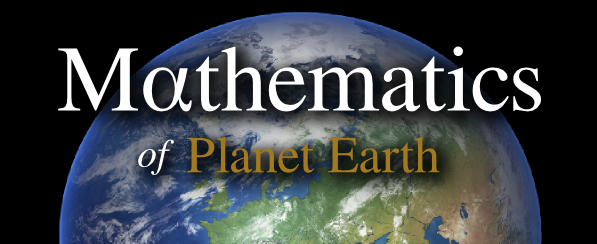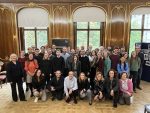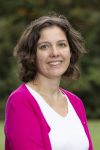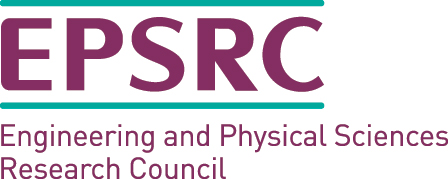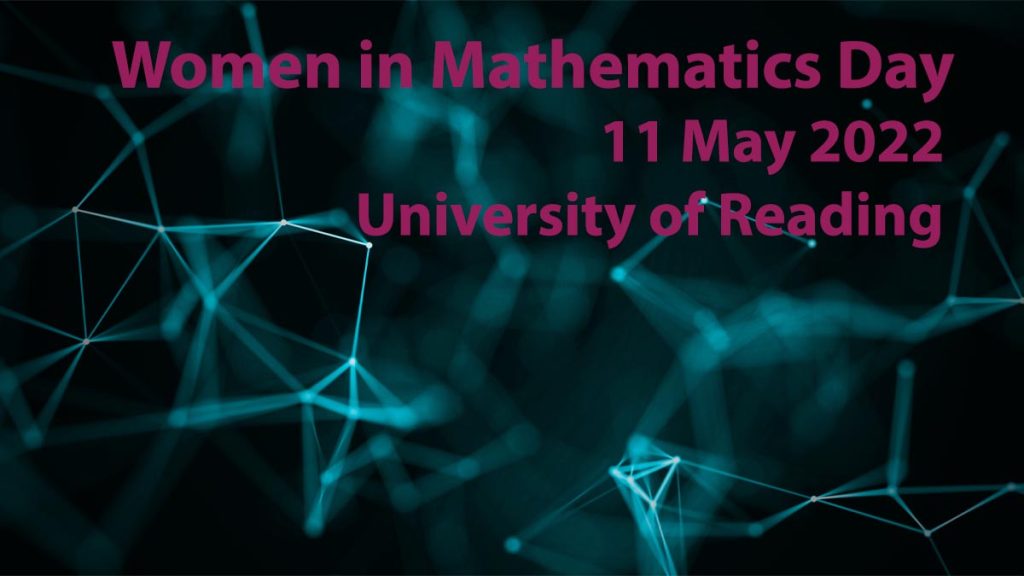
NOW THAT THIS CONFERENCE HAS TAKEN PLACE – WE WOULD LIKE TO CONGRATULATE ALL THE SPEAKERS AND ORGANISERS FOR A BRILLIANT CONFERENCE.
THE AWARDS FOR THE BEST EARLY CAREER TALKS – SELECTED BY SECRET BALLOT DURING THE CONFERENCE – WERE GIVEN TO ERIN RUSSELL AND CATHIE WELLS
COPIES OF ALL OF THE PRESENTATIONS HAVE BEEN UPLOADED BELOW:
To coincide with the International Celebration of Women in Mathematics, the London Mathematical Society, the Mathematics of Planet Earth CDT and the University of Reading presented a day with invited guest speakers:
- Renee Hoekzema (Postdoctoral Researcher, Mathematical Institute, University of Oxford)
- Hua Lu (Research Scientist, Atmosphere Ice and Climate, the British Antarctic Survey, Cambridge)
- Celine Maistret (Royal Society Dorothy Hodgkin Fellow, School of Mathematics, University of Bristol)
- Almut Veraart (Professor of Statistics, Imperial College London)
- plus posters and talks from Early Career Mathematicians.
The hosts of the meeting were Jennifer Scott (Professor of Mathematics at University of Reading and Director at Reading, of the Mathematics of Planet Earth Centre for Doctoral Training); and Rachel Newton (Reader in Number Theory and Future Leaders Fellow, King’s College London).
This celebration of Women in Mathematics event is sponsored by the London Mathematical Society and the EPSRC Mathematics of Planet Earth Centre for Doctoral Training and was a hybrid event, free of charge.
Although celebrating Women in Mathematics, EVERYONE WAS WELCOME TO ATTEND (including undergraduate students) and the talks were aimed at those with an interest in mathematics.
Venue: Edith Morley Van Emden Theatre, Whiteknights Campus, University of Reading – directions available here.
INVITED SPEAKERS:
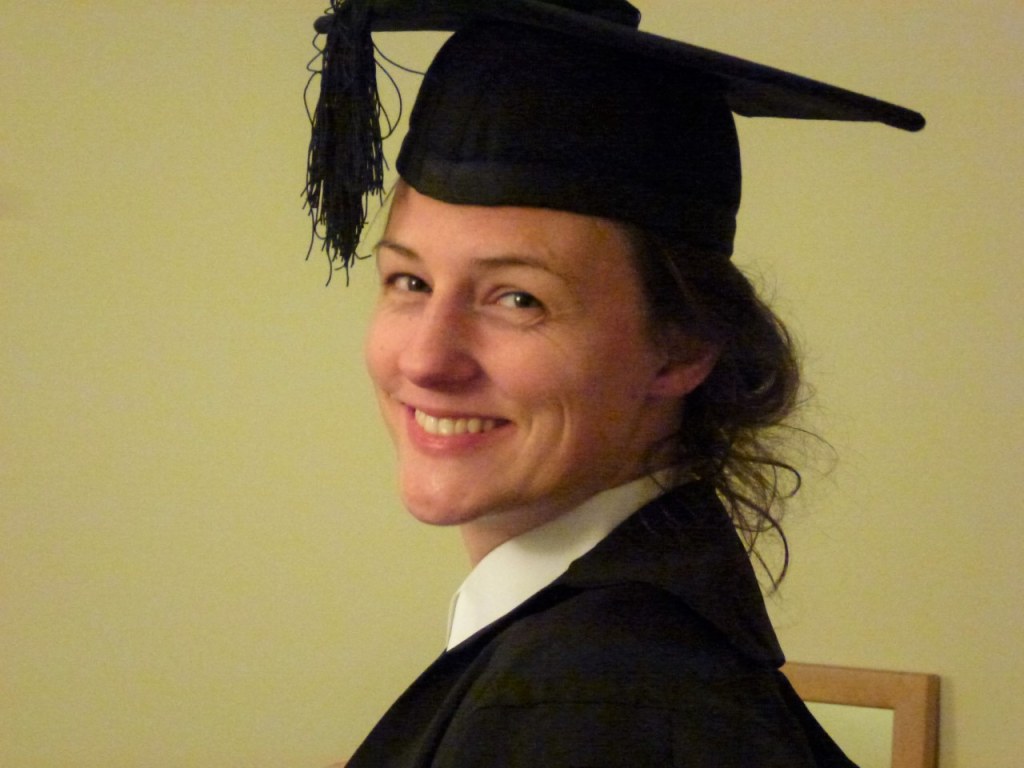
Dr Renee Hoekzema is a Postdoctoral Research Associate at the Mathematical Institute, University of Oxford. Her research spans fundamental problems in topology such as describing manifold invariants, and applications of topology to biomedicine, palaeontology, and physics.
Renee grew up in the Netherlands where she obtained a double MSc degree in mathematics and theoretical physics from Utrecht University. She also completed a minor degree in palaeobiology and continued to do two subsequent DPhil’s at the University of Oxford, one in palaeontology and one in algebraic topology. After this varied education she continued as a postdoctoral researcher in mathematics at the University of Copenhagen and the Max Planck Institute for Mathematics in Bonn, before returning to Oxford as a postdoctoral research associate studying both topology and its applications to bioscience. She holds a Veni Fellowship in the Netherlands combining mathematics and its applications.
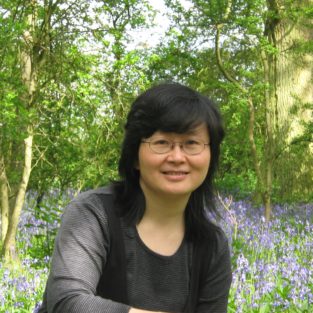
Hua Lu is a research scientist in the British Antarctic Survey (BAS). She researches atmospheric dynamics, temperature trends and extreme weather in the Antarctic, and solar influences on atmospheric circulation. She is currently working on a NERC-funded multi-centre project: North Atlantic Climate System Integrated Study (ACSIS) to investigate influence of the upper atmosphere on changes that occur across the North Atlantic and examine how those changes may affect the UK’s climate and weather.
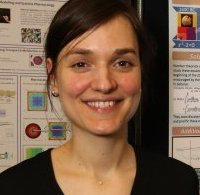
Céline Maistret works in Number Theory, mainly studying the arithmetic of abelian varieties, with interest toward computations related to the parity conjecture and the Birch and Swinnerton-Dyer conjecture. She received her PhD from the University of Warwick in 2017 and was a research associate at the University of Bristol before joining Boston University as a postdoctoral faculty fellow. Since January 2021, she is a Royal Society Dorothy Hodgkin Fellow at the University of Bristol.
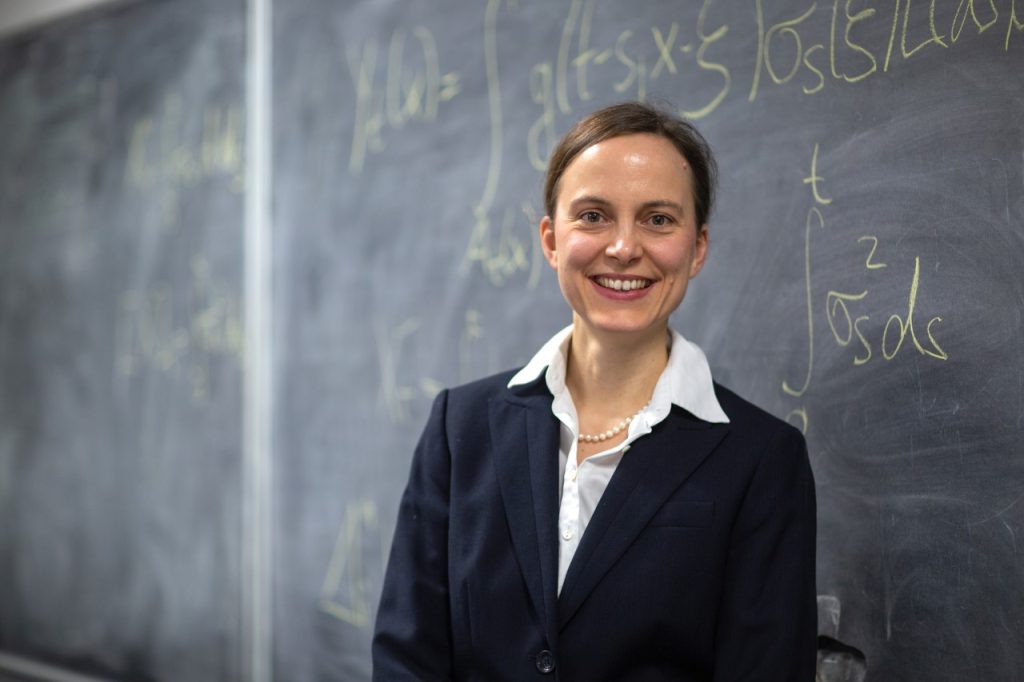
Almut Veraart is Professor of Statistics at Imperial College London, where she is also leading the Quantitative Sciences Research Institute. Her research focuses on developing statistical tools for a wide range of stochastic processes and (spatio-temporal) random fields and on tackling applications in finance, energy systems and environmental sciences. She grew up in Germany and obtained a “Diplom” in Mathematics and Economics and a “Diplom” in Mathematics from the University of Ulm. She also holds an MSc in Applied Statistics and a DPhil in Statistics from the University of Oxford where here studies were supported by a Rhodes Scholarship. She worked as a postdoctoral researcher and later assistant professor at the Centre for Research in Econometric Analysis of Time Series (CREATES) at Aarhus University in Denmark, before being appointed at the Department of Mathematics at Imperial in 2011. She held visiting research fellowships at Aarhus University, the University of Oslo, the Wolfgang Pauli Institute in Vienna and at the Isaac Newton Institute for Mathematical Sciences in Cambridge. Her research has been supported by the European Commission, by the Lloyds Register Foundation – Turing Programme on Data Centric Engineering and by EDF.
Programme and Presentations:
Here are post-conference copies of the presentations given:
10.55 Welcoming remarks, Jennifer Scott, Professor and Director at Reading, Mathematics of Planet Earth Centre for Doctoral Training
11.05 Invited Talk: Almut Veraart, Professor of Statistics, Imperial College London
Title: My journey into academia and A short introduction to Ambit Stochastics
Abstract: In this talk I am going to describe my journey into academia and give a short, non-technical introduction to the area of Ambit Stochastics.
The term Ambit Stochastics indicates a broad field of mathematical research with applications in a wide range of subject areas belonging to natural science, economics, and biology/medicine. Key examples of applications are to the modelling of turbulent flows, the modelling of financial energy markets and the modelling of biological growth. Ambit Stochastics deals with the study of random objects whose properties depend on time and spatial position (or any other type of variables). The variability in space and time is controlled through specific regions in space and time, the so-called ambit sets, and encompasses additional basic stochastic variation, the so-called intermittency/volatility. This approach is very general and comprises the basic idea of a causality cone in the past that is fundamental in physics. Accordingly, Ambit Stochastics has the potential to be applied in many fields of sciences where the variability at a certain point can be partly traced back to what happened in a region associated to this point. The initialising example for the application of Ambit Stochastics to real phenomena is turbulence. Over the past few years, a unifying modelling framework has been developed that is able to capture the main stylised features of turbulent flows. The mathematical research in this direction has matured to a stage where more extensive data acquisition, analysis and comparison is called for. This constitutes an exciting interplay between theory and experiment, typical for the development of the whole field of Ambit Stochastics.
11.40 Comfort Break
11.55 Invited Talk: Céline Maistret, Royal Society Dorothy Hodgkin Fellow, School of Maths, University of Bristol
Title: Elliptic curves and the Birch and Swinnerton-Dyer conjecture
Abstract: Number theory is the branch of mathematics concerned with studying numbers and solving equations. This talk will address the latter by introducing a particular set of equations which define objects called elliptic curves. Solving these equations has proven extremely difficult due to their complex mathematical structure. The quest for their solutions started over a century ago and reached a milestone in the 1960’s when Birch and Swinnerton-Dyer proposed a formula to find all their solutions. In this talk, I will present the Birch and Swinnerton-Dyer conjecture and explain how it allows to find all solutions.
12.30 Poster Blitz (1 slide introductions for each poster)
12.45 Lunch and poster session
Ruth Chapman, University of Exeter: Stochastic data adapted Atlantic Meridional Overturning Circulation box models
Lily Greig, University of Reading: Comparison of a simplified ERSEM to a full complexity model for the North-West European Shelf
Yu Kuang, non-affiliated: The Hermitian-Galois Module Structure of the Square Root
Evelyn Lira-Torres, Queen Mary University of London: Quantum Gravity and Riemannian Geometry on the Fuzzy Square
Marica Minucci, Queen Mary University of London: The Maxwell-Scalar Field System Near Spatial Infinity
Cathie Wells, University of Reading: Re-routing Transatlantic Flights to reduce CO2 Emissions:
13.50 Invited Talk: Hua Lu, Research Scientist (Atmosphere Ice and Climate), British Antarctic Survey, Cambridge
Title: How Maths Helped One to Become a Polar Researcher
Abstract: In this talk, I shall take you with me to go through my journey from a mathematician to a polar researcher. I will share with you the fun and cool moments being a research mathematician who uses equations, data, and statistics to tackle real world problems. I shall explain how maths has helped me to overcome challenges of having to move from one research field to another. I shall give you examples of why maths has formed the corner stone of my multi-disciplinary research. Because the environment topics that we face now-a-days so complex, dispersed and infused into various other disciplinary courses, I shall use my own experiences to demonstrate the value of working with people from different background and with different research expertise to ensure successful collaboration and project delivery.
14.25 Early Career Talks (3 x 15 minutes each):
Swinda Falkena, University of Reading: A Bayesian Approach to Regime Assignment
Lea Oljaca, University of Exeter: Measure and Statistical Attractors for nonautonomous Dynamical Systems
Farhana Pramy, The Open University: Properties of the Eigenfunctions of the SFS Operator with \alpha=0
15.10 Refreshment Break
15.25 Early Career Talks (2 x 15 minutes each)
Silvia Rognone, Queen Mary University of London: Characterisation of structures emerging from Random Colouring Processes on a Spatial Graph.
Erin Russell, University of Bristol: Playing with Fire: The Necessary Evil of Self-organized Criticality
15.55 Vote for best Early Career Presenter
16.00 Invited Talk: Renee Hoekzema, Postdoctoral Researcher, Mathematical Institute, University of Oxford
Title: Cutting and pasting in the 21st century
Abstract: Scissor’s congruence is a classical setup in mathematics that featured in one of Hilbert’s problems in 1900. It asks whether two polytopes can be obtained from one another through a process of cutting and pasting. In the 1970s this question was posed instead for smooth manifolds: which manifolds A and B can be related to one another by cutting A into pieces and gluing them back together to get B? Manifold cut-and-paste invariants describe when this is possible. In this talk I introduce this these ideas and describe recent work that ‘upgrades’ cut-and-paste invariants to spaces using the machinery from algebraic K-theory. This is joint work with Mona Merling, Laura Murray, Carmen Rovi and Julia Semikina.
16.35 Closing remarks – here are two more conferences coming up:
Congratulations to all the speakers for a brilliant conference. The awards for the best Early Career Talks were given to Erin Russell and Cathie Wells.


